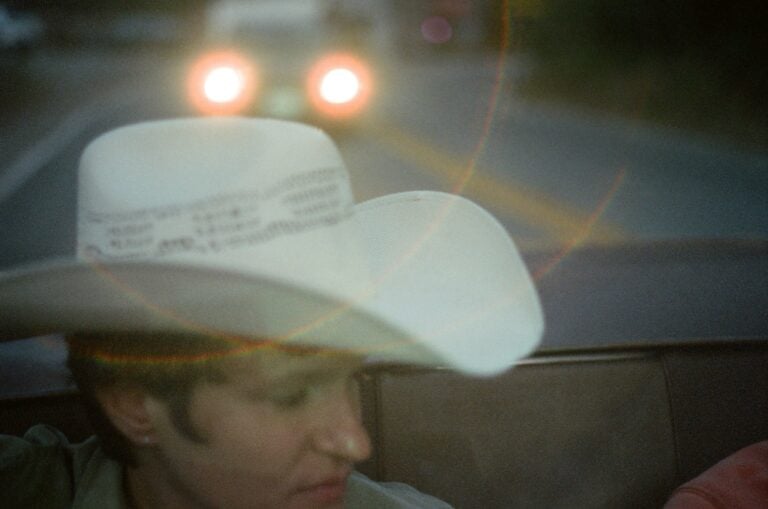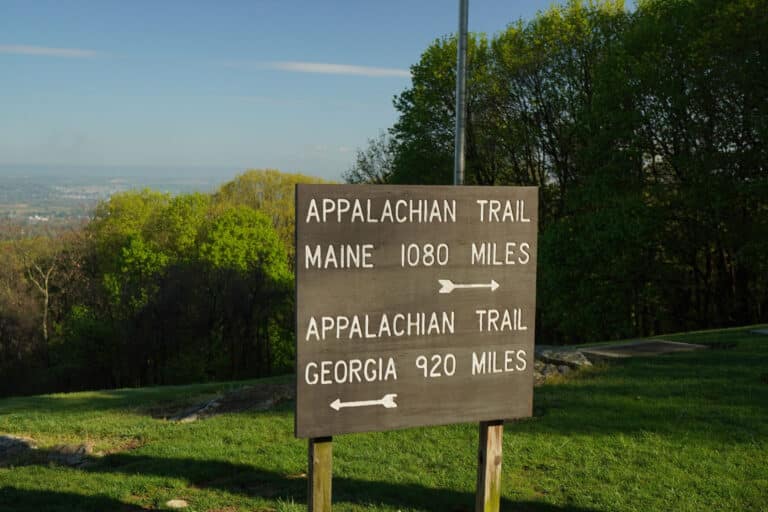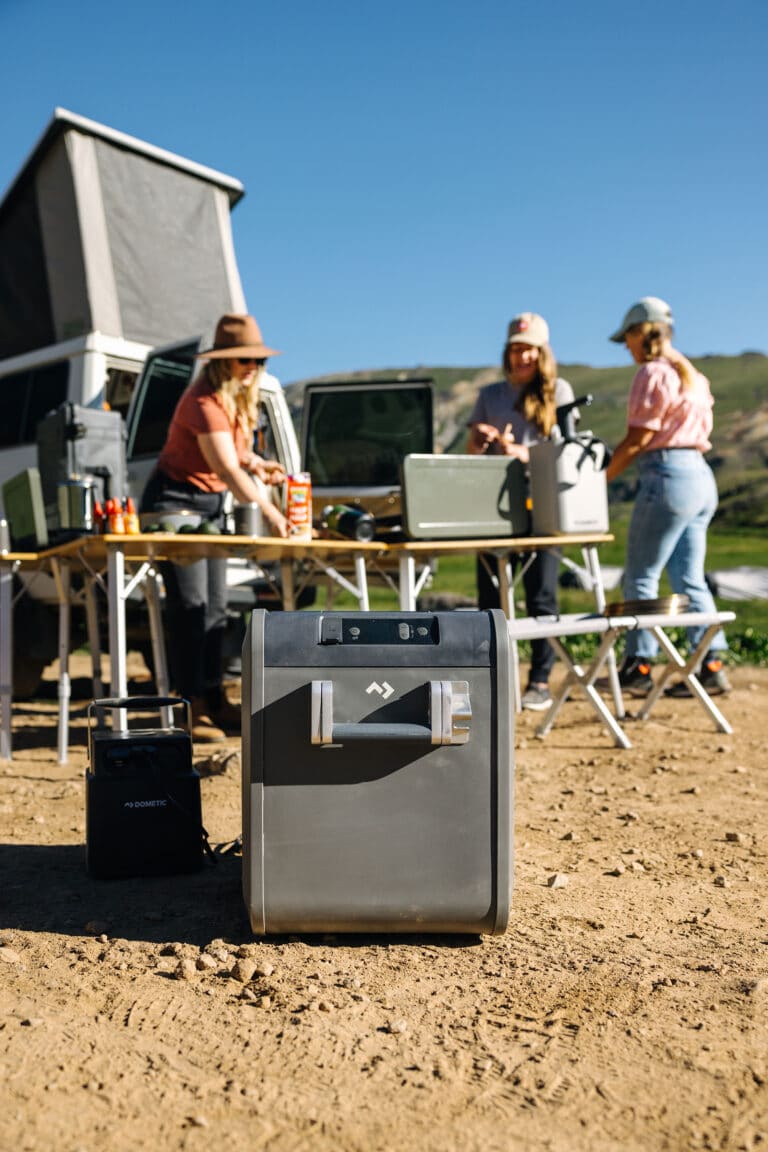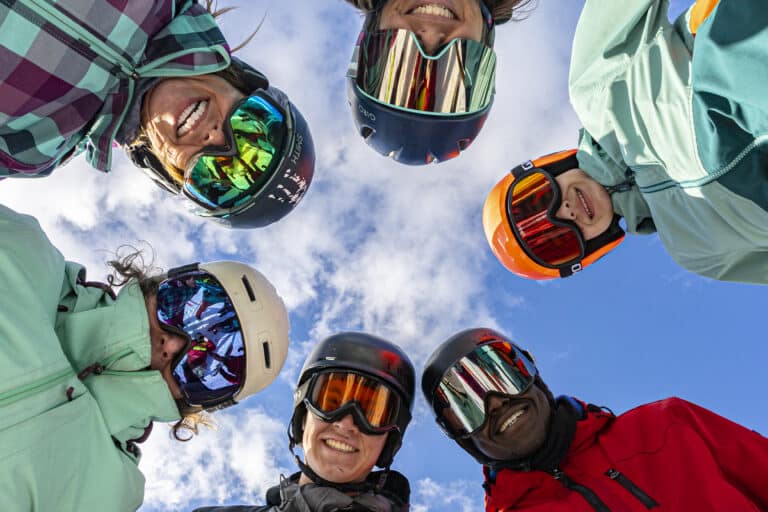Did I ever tell you about the time I had to sleep in a cave? OK “had to” probably isn’t the right term. I wanted to sleep in the cave. Sleeping in the cave was an integral part of my three-day bike-packing trip. Hell, it was one of the selling points I used to convince two buddies to join me on this jaunt up and down Mount Mitchell, the tallest mountain on the east coast.
“Dude, we’ll sleep in a cave. It will be epic,” I said.
This wasn’t the first cave I’d slept in. There was the big, hollow room in the side of a cliff in Utah, roughly the size of a suburban Atlanta McMansion, that housed a different mountain bike crew, but that was more of an AirBnB sort of thing. We actually rented that cave. There was an outhouse nearby. I honestly don’t remember much about that experience, but the cave on my Mount Mitchell trip is permanently imprinted on my brain. There wasn’t a flat spot long enough to contain my sleeping pad inside that tiny cave, and it was located right next to a creek that was rising faster than I liked during an all-night thunderstorm. I didn’t get much sleep. Protected from the rain, I sat watching the creek level rise and the lightning cast unnerving shadows in the woods surrounding us.
I’ll never forget that night, but what’s odd is that I consider sleeping in that cave to be one of the highlights of that particular trip. Maybe the highlight. The mountain biking was great, particularly the nearly four-mile downhill off the edge of Mount Mitchell via Heartbreak Trail, but nothing stands out quite as vividly as that cold night when I was worried about drowning in my sleep. But here’s the kicker: I think about that miserable night fondly.
Why does the discomfort of an adventure stick with us? And what happens in our brain where we come around to remembering that discomfort as a good thing?
My wife and I took our kids on a month-long road trip through the Rockies and Southwest when they were younger, and the only thing my daughter remembers is getting stuck in a sandstorm while hiking in Utah’s Dead Horse Point State Park. It was a scary moment at the time—there were tears—but she smiles and gets animated when she talks about it now. Why wasn’t the view from Dead Horse Point, which is literally on postcards, as memorable as the whipping sands? Why don’t I remember the adrenaline rush of the seemingly endless downhill of my Mount Mitchell trip as much as I remember that night in the cave?
I did a multi-day hut to hut bike packing trip in Oregon once that had epic views of Mount Hood and some of the best bike-specific singletrack I’ve ever ridden. Know what I remember most? Hiding out in a forest service outhouse trying to escape a random snowstorm. My wife and I took our kids to paddle board Bear Lake in Nantahala National Forest, which is a beautiful body of water surrounded by lush forest and the occasional waterfall. I remember having to ditch our paddle boards and cram into a granite overhang to avoid a vicious thunderstorm that hit mid-paddle. If it weren’t for the pictures I took, I wouldn’t remember the paddle or the lake at all.
I’m no psychologist, or sociologist, or any sort of “-ologist,” but I think the difficulties stand out because we crave discomfort. That’s part of the appeal of adventure in general, right? It gives us the rare chance to experience hardship, even if it’s self-imposed. Let’s be honest, most of us live pretty cush lives. The most uncomfortable thing that happens to me during a typical day is my TV signs me out of Netflix for no reason whatsoever and I have to look up the password again.
One of the most heated debates I’ve had recently was whether or not a bidet is better than toilet paper. That’s where we are in the grand scheme of evolution; we’re refining how to wipe our butts.
Camping gives us a chance to eschew our climate-controlled houses and Sleep Number beds for a nylon tent and a sleeping pad that deflates in the middle of the night. Multi-day bike trips give us a chance to bushwhack through miles of rhododendron and slog through a 20-mile climb, dying of thirst because we forgot water. And those aspects of adventure stick with us more vividly than the views or the swoopy downhills or even the chance to commune with nature because it’s the discomfort that we need most of all. Just a little bit. Every once in a while. Nature is great, mountain biking is great, trail running and paddling are great…but maybe the undervalued aspect of all our favorite adventures is that they give us moments of fear and hunger and exhaustion that aren’t available to us in our daily lives. And those moments help ground us and put our lives in context. Maybe those moments of discomfort even reset us a little bit, to the point where we realize that getting signed out of Netflix isn’t that big of a deal.
Suddenly, I have the urge to find a new cave to sleep in and make another memory.
Cover photo courtesy of the author








